Introduction
Vinegar-stir-fried cabbage slices, a beloved dish in Chinese home cooking, embodies the perfect balance of tangy, savory, and crisp textures. This humble yet flavorful recipe transforms simple ingredients into a vibrant meal that pairs wonderfully with rice or noodles. Often hailed as a staple in household kitchens, this dish requires minimal effort but delivers maximum taste, making it ideal for both novice cooks and seasoned chefs. In this comprehensive guide, we will explore the history, techniques, and secrets to crafting the perfect plate of vinegar-stir-fried cabbage slices. From selecting the freshest cabbage to mastering the art of wok hei (the breath of the wok), this article will equip you with the knowledge to recreate this classic dish with confidence.
The Humble Origins of Vinegar-Stir-Fried Cabbage
Stir-frying, a cornerstone of Chinese culinary traditions, dates back over 1,500 years. Originating during the Han Dynasty, this cooking method was born out of necessity—using minimal fuel and time to prepare meals. Cabbage, a hardy and affordable vegetable, became a natural candidate for stir-frying, especially in northern China where colder climates favored its cultivation. The addition of vinegar, a preservative and flavor enhancer, elevated the dish’s complexity, creating a harmonious interplay of acidity and umami.
Today, vinegar-stir-fried cabbage slices remain a symbol of frugality and ingenuity. It is a dish that celebrates simplicity, proving that even the most modest ingredients can shine when treated with care. Whether served as a side dish or a light main course, this recipe embodies the essence of home-cooked comfort.
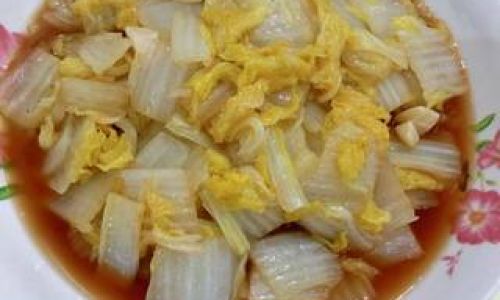
Ingredients: The Building Blocks of Flavor
To create an authentic vinegar-stir-fried cabbage dish, gathering the right ingredients is paramount. Here’s a breakdown of the key components:
- Cabbage: Opt for a medium-sized head of Chinese cabbage (Napa cabbage) or green cabbage. Chinese cabbage offers a delicate sweetness and tender texture, while green cabbage provides a heartier crunch.
- Aromatics: Fresh garlic (3–4 cloves) and ginger (1-inch piece) form the flavor base. Their pungent notes mellow during cooking, imparting a subtle warmth.
- Dried Chili Peppers (Optional): 1–2 whole peppers add a mild heat without overwhelming the dish. Adjust based on your spice tolerance.
- Vinegar: Rice vinegar or black vinegar is traditional. Rice vinegar offers a clean acidity, while black vinegar contributes a deeper, smokier tang.
- Soy Sauce: Light soy sauce enhances the savory profile. For a gluten-free alternative, use tamari or coconut aminos.
- Sugar: A pinch of granulated sugar balances the acidity and brightens the dish.
- Oil: A neutral oil like peanut or vegetable oil works best for high-heat stir-frying.
- Salt: To taste, though soy sauce often provides enough seasoning.
- Cornstarch Slurry (Optional): A mixture of 1 teaspoon cornstarch and 1 tablespoon water thickens the sauce for a glossy finish.
Preparation: The Key to Perfect Texture
Before igniting the stove, meticulous preparation ensures even cooking and optimal flavor development.
-
Washing and Drying the Cabbage:
- Remove any wilted outer leaves and rinse the cabbage under cold water.
- Pat dry thoroughly with a clean kitchen towel or salad spinner. Excess moisture can turn the dish soggy.
-
Slicing Techniques:
- For Chinese cabbage: Halve the head lengthwise, then slice crosswise into 1-inch pieces. Separate the leaves from the thicker stems, as stems require slightly longer cooking.
- For green cabbage: Core the head, then shred into ¼-inch ribbons.
-
Mincing Aromatics:
Finely chop the garlic and ginger to release their essential oils. For a rustic texture, leave them slightly coarse.
-
Prepping the Sauce:
In a small bowl, whisk together 1 tablespoon soy sauce, 1 tablespoon vinegar, ½ teaspoon sugar, and the cornstarch slurry (if using). Set aside.
Cooking Technique: Wok Mastery 101
The success of this dish hinges on achieving wok hei, the coveted smoky aroma imparted by high-heat stir-frying. Follow these steps for wok perfection:
-
Heating the Wok:
Place your wok over high heat until a drop of water evaporates instantly. Add 2 tablespoons of oil and swirl to coat the surface.
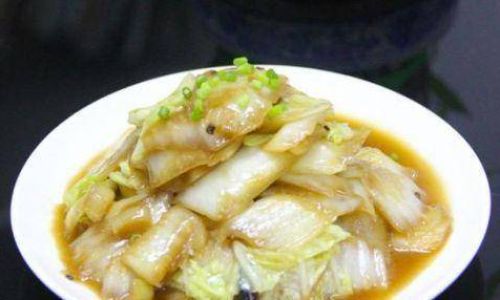
-
Infusing Aromatics:
Toss in the garlic, ginger, and dried chilies. Stir-fry for 10–15 seconds until fragrant but not browned.
-
Cooking the Cabbage:
- Add the cabbage stems first (if using Chinese cabbage), stirring vigorously for 1 minute.
- Toss in the leaves and continue stir-frying for 2–3 minutes. The cabbage should wilt slightly but retain its vibrant color.
-
Seasoning and Finishing:
- Pour the prepared sauce over the cabbage. Toss continuously for 30 seconds to coat evenly.
- Remove from heat immediately to prevent overcooking. The residual heat will continue softening the cabbage.
Variations and Customizations
One of the joys of vinegar-stir-fried cabbage is its versatility. Experiment with these tweaks to suit your palate:
- Spicy Kick: Add a teaspoon of chili oil or doubanjiang (spicy bean paste) for fiery depth.
- Umami Boost: Incorporate dried shrimp or Chinese sausage during the aromatics stage.
- Vegetarian Twist: Include sliced mushrooms or julienned carrots for added texture.
- Citrus Zing: Substitute vinegar with fresh lime juice and garnish with zest for a bright finish.
Troubleshooting Common Pitfalls
Even seasoned cooks encounter hiccups. Here’s how to troubleshoot:
- Soggy Cabbage: Ensure the cabbage is thoroughly dried before cooking. Avoid overcrowding the wok; cook in batches if necessary.
- Bland Flavor: Increase the vinegar or soy sauce incrementally. Remember, the dish should balance tang and salt.
- Burnt Aromatics: Keep a close eye on garlic and ginger—they burn quickly. Have all ingredients prepped and within arm’s reach.
Cultural Significance and Health Benefits
Beyond its culinary appeal, vinegar-stir-fried cabbage holds cultural weight as a symbol of resourcefulness. In Chinese households, leftovers are rarely wasted, and this dish often repurposes aging cabbage into a delectable meal. Nutritionally, cabbage is a powerhouse of vitamins C and K, fiber, and antioxidants. The vinegar aids digestion, making this dish both gut-friendly and low-calorie.
Serving Suggestions
Pair your vinegar-stir-fried cabbage with:
- Steamed Jasmine Rice: The perfect canvas to soak up the tangy sauce.
- Fried Rice or Noodles: Elevate leftovers by tossing them into a carb-rich base.
- Grilled Meats or Tofu: Balance rich proteins with the dish’s bright acidity.
Garnish with toasted sesame seeds, chopped cilantro, or a drizzle of sesame oil for an extra layer of flavor.
Conclusion: The Joy of Simplicity
Vinegar-stir-fried cabbage slices are a testament to the beauty of uncomplicated cooking. With just a handful of ingredients and a dash of technique, you can create a dish that delights the senses and nourishes the soul. Whether you’re a culinary novice or a seasoned pro, mastering this recipe opens doors to endless variations and cultural exploration. So grab your wok, fire up the stove, and let the sizzle of stir-fried cabbage fill your kitchen with the warmth of tradition. Happy cooking!
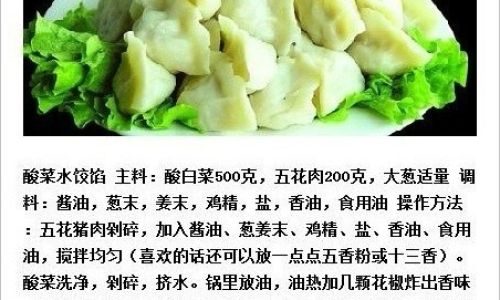

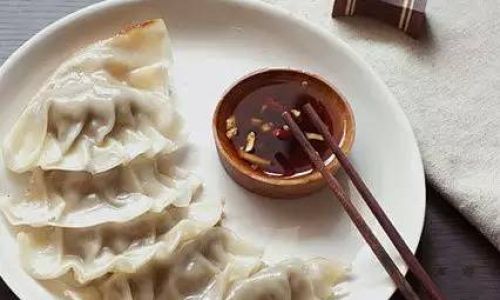
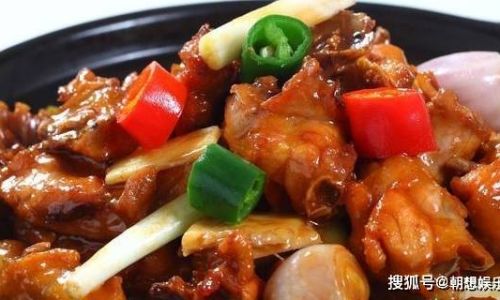
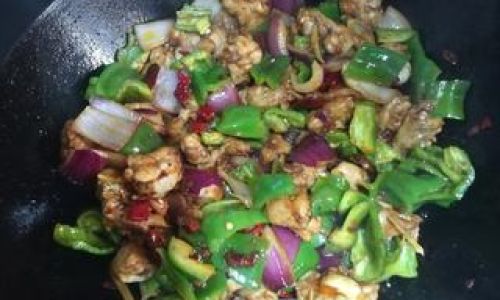
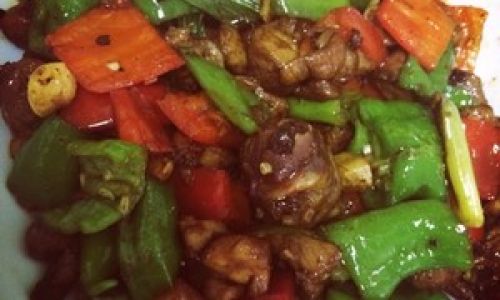
0 comments